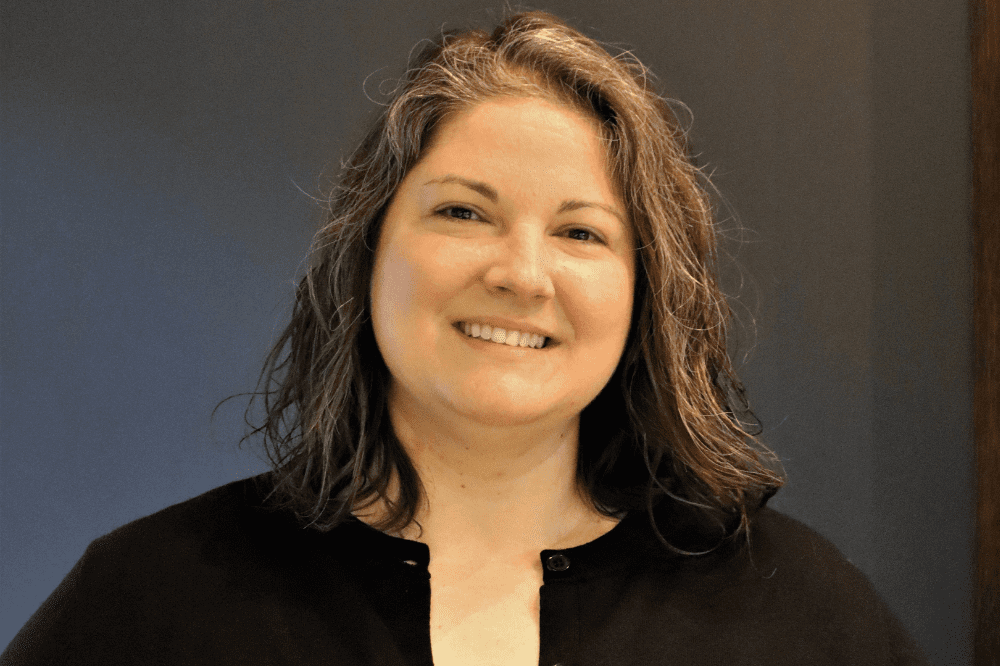Munich Re’s Digital Partners links with and learns from insurtechs

Hill initially joined Digital Partners as senior product manager, commercial products, in October 2018 before becoming director of commercial product management a year later and then head of Digital Partners in October 2021. It was a standalone entity within Munich Re when it launched in 2016, and has now been blended with Munich Re Specialty Insurance and is considered an arm of that unit.
Digital Partners serves an important role within Munich Re Specialty, and Munich Re in general, Hill explained.
“We are dedicated to working with insurtechs, or startups that work with insurtechs …. to partner and learn and impart those learnings on the rest of the Munich Re organization,” Hill said. “We are also here to provide coaching and fellowship to that insurtech community, and because of that, it gives us a unique perspective on how to work successfully with insurtechs.”
Digital Partners links with insurtech MGAs and others to help add capacity and learn from their innovation choices. In turn, it works with the insurtechs to bring their technology and innovation ideas to Munich Re Specialty Insurance and to the market in general.
Hill sees her role as helping to harness what those innovators bring to the table.
“We rely on insurtechs to build that better mousetrap or box to capture the customer differently than the market,” Hill said. “We do not create technology, but we work within the confines of technology that the insurtech is creating.”
So far, Digital Partners has enabled as many as 12 partnerships through its history, she said.
Friction, accessibility and room to grow
The most effective and relevant kind of insurance technology focuses on reducing friction and making the buying process more accessible, Hill said.
“From an insurtech’s perspective that could mean directly to the consumer or it could be to an agent or wholesaler, however the customer is in this situation,” Hill noted. “It’s about making things easier, more accessible, frictionless and also making it so that whomever the customer is, whomever you consider the customer in your value chain, that answers are at the touch of their fingertips.”
Much of the insurance industry has started to embrace insurance technology. It is at a crossroads, she noted, where there is room to grow, but insurers must choose the right path for maximum gain.
“We have many bifurcating pathways in front of us,” Hill observed. “If insurance companies partner intelligently and partner in the way where they’re open minded, that’s where we’re going to learn, and that’s where we’re going to evolve.”
Gaps and obstacles remain, she said.
“Is insurance where it needs to be with technology today? Probably not,” Hill said. “Every industry has the same gap, because customers are looking for different ways to buy, and then we have to learn about those behavioral choices and accommodate them.”
Many options and a favorite
Munich Re may partner with insurtechs through Digital Partners, but it also builds in-house technology, and it maintains a venture capital arm that invests in promising startups.
Each option reflects the notion that there are multiple ways to build technology and gain divergent perspectives to develop the best pathway for yourself, Hill said.
“We all want to try different things,” she added.
At the same time, Hill noted, partnerships allow Munich Re to observe technology trends and bring back what it learns into the company.
“If we partner, we can observe more of these trends and bring the learnings back, determining how … we might want to tackle those things for ourselves,” she said.
Hill said she follows, in particular, insurtech technologies that help improve customer experience, enhanced by data.
“The technology I look for is mostly focused on the customer journey and how the usage of data [can inform] implementing frictionless, easy-to-use accessible insurance solutions,” Hill said. “If you think about somebody who’s trying to buy a small business policy, being able to validate the address, knowing how many stories the building is, knowing the occupancy next door – these are things that we don’t have to ask the customer that we already know because we’re pulling them from data.”





